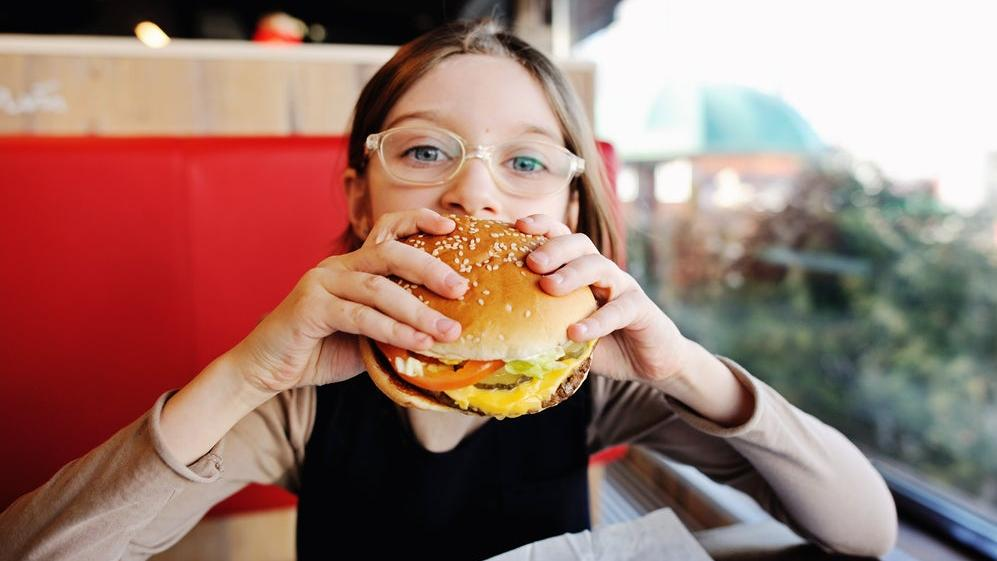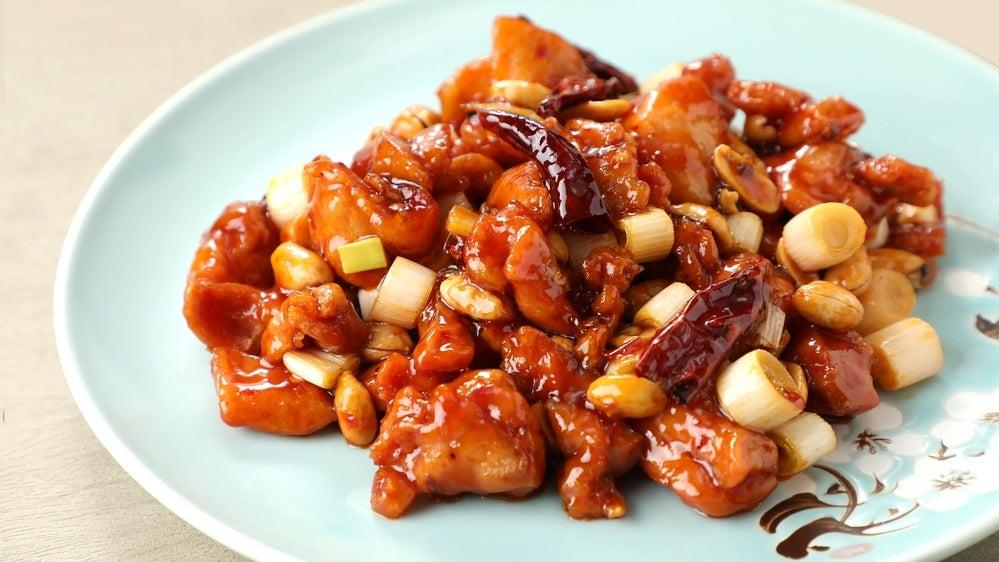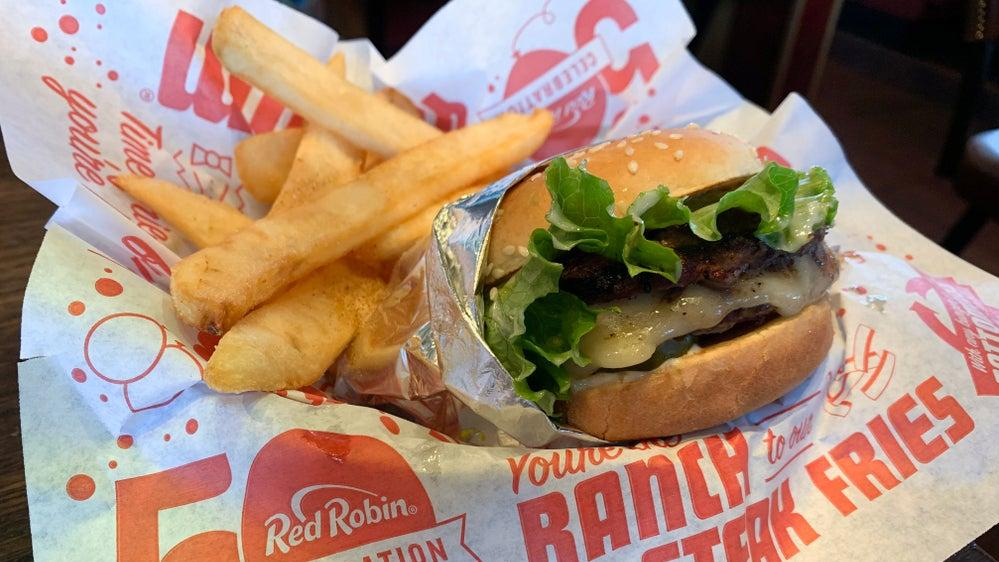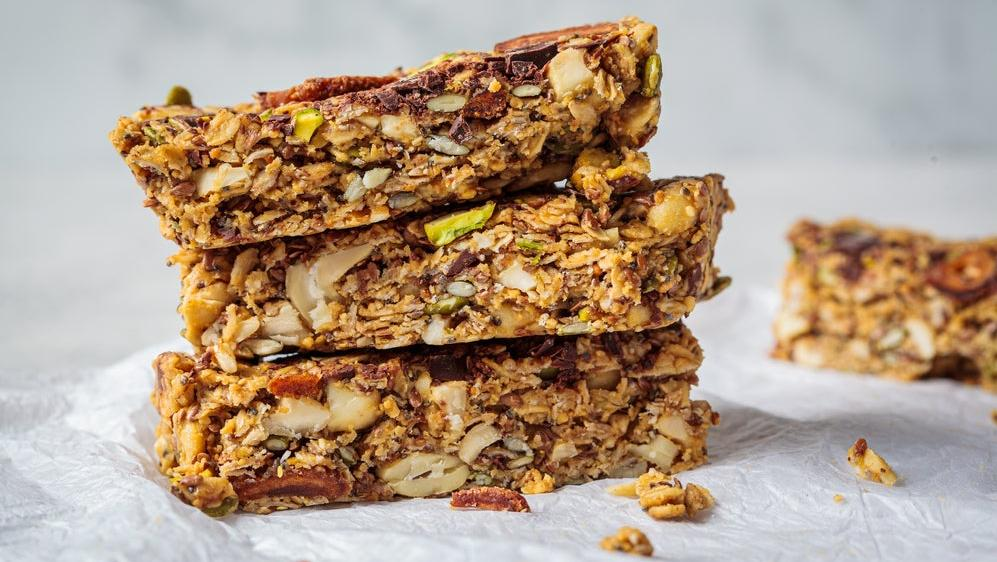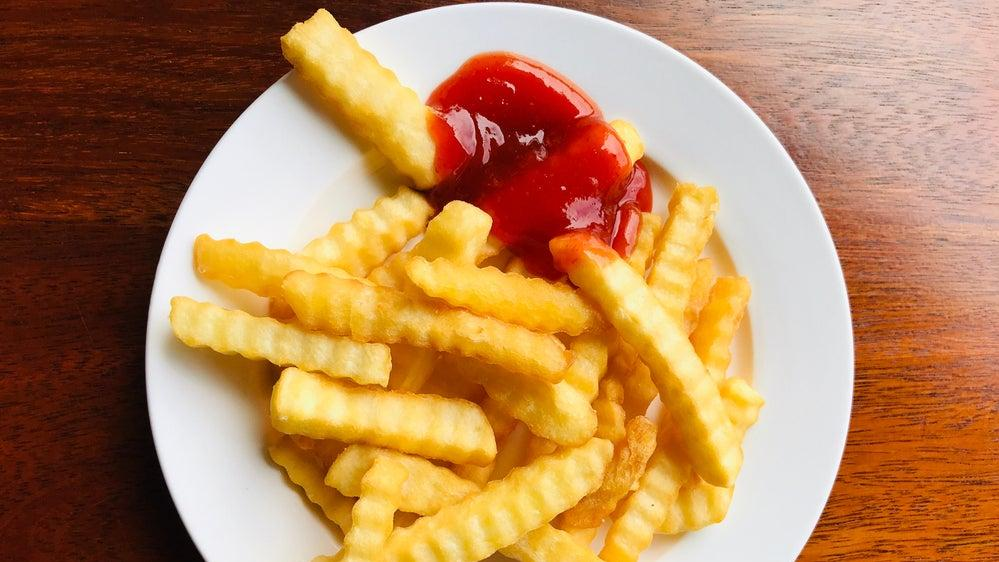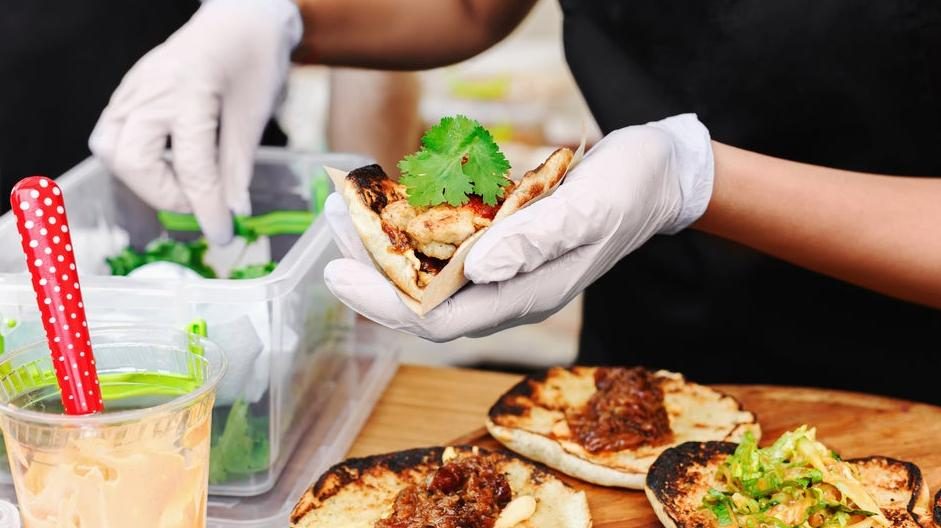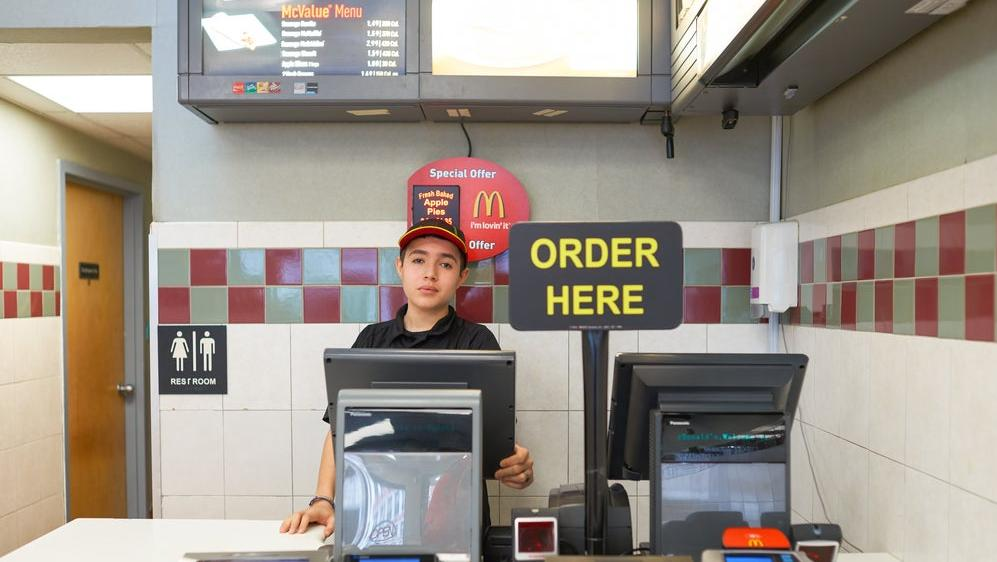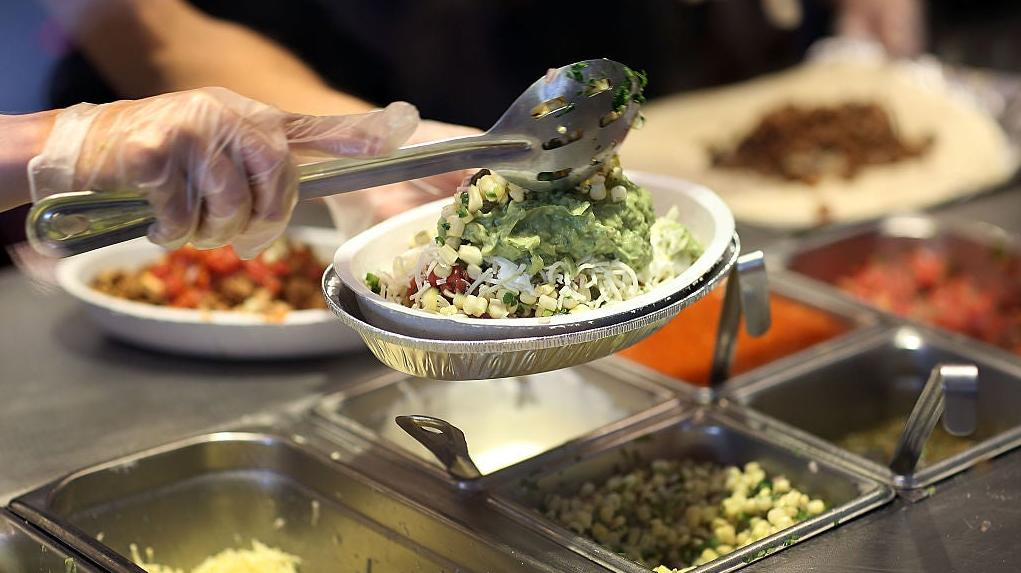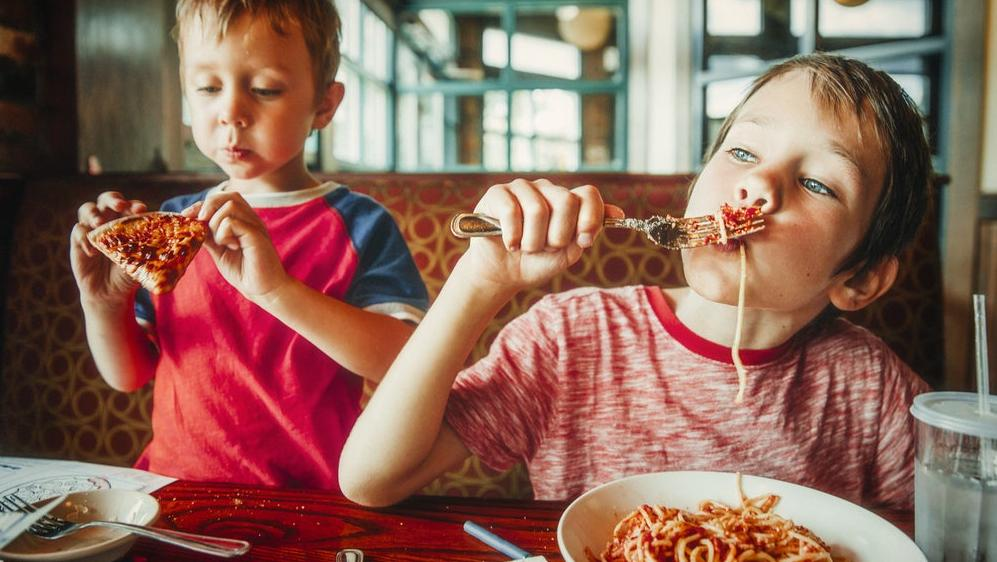13 Tips For Dining Out Safely With Food Allergies
Parents of children with food allergies share their best tips for preventing reactions at restaurants.
We may receive a commission on purchases made from links.
Going out to eat should never have to be scary. But for a lot of people, especially those with food allergies or the parents of kids with food allergies, dining at a restaurant can be a nerve-racking and potentially dangerous experience.
Parents like me know this all too well. Every family trip now involves an extra suitcase or duffel bag just for food, to make sure my 5-year-old son has enough things he can eat as we travel. I always hold my breath whenever we go somewhere new, hoping the employees listen to what I'm telling them.
Approximately 85 million Americans are living with life-threatening food allergies and intolerances, according to Food Allergy Research and Education (FARE). The nonprofit organization also notes that a food allergy reaction sends someone to the emergency room every three minutes.
Though he is only 5, my son almost always knows within 10-20 minutes if something is problematic. For him, that usually means a stomachache where he's doubled over in pain for a day or two, itchy skin, and all manner of GI distress. When he was a baby, he'd almost immediately break out in full body rashes or hives, or blisters on his butt, or red blotches on his face and stomach, screaming in pain. Eventually, I began eliminating foods like dairy, gluten, nuts, peanuts, soy, mangoes, quinoa, oats that weren't certified organic and gluten-free, and a host of other problematic foods.
It makes eating out nearly impossible. For years, we didn't.
Now, however, we are seasoned travelers and careful restaurant diners. With a summer of road trips ahead, here are suggestions from parents who know what to ask and what to do when going out to eat. Hopefully this advice makes any family with food allergies feel more prepared.
Be proactive
Talk to anyone with food allergies and they will tell you it's essential to plan ahead. Melissa Sallee, a mom of a 4-year-old son and 8-year-old daughter who lives in Los Angeles, says she's always bringing safe snacks and condiments to add to meals. Ask the restaurant about cross-contamination risks and how the staff is trained to handle them, Sallee suggests.
Do online research
Websites like FindMeGlutenFree.com, GoDairyFree.org and AllergyEats.com all offer tips for eating out at restaurants.
One of my favorites is the Spokin app. You can sort through nearly 100,000 reviews across multiple categories including chains, restaurants, bakeries and ice cream in over 80 countries. (They have a helpful list of nearly 200 local restaurants across the U.S. with allergen grids and charts.)
Susie Hultquist, CEO and founder of Spokin, started the app and website for her now college-aged daughter who has multiple allergies. When traveling, you can type in the name of the city and sort for places to eat based on various allergies.
Reddit has an entire forum dedicated to peanut allergies and eating out. scottykarate279 says, "Generally speaking – the more commercialized and establishment, the better they handle/more they're aware of allergies."
Start by eating out at one restaurant
It's nice to take a break from the kitchen once in a while. Start by going out to eat somewhere another allergy-friendly parent has already gone, says Megan Lavin, a mom of four who lives in Idaho. "It gives me peace of mind to know that someone else with food allergies has safely eaten there," Lavin says.
Thanks to the internet, Lavin says there's almost always an app or website for restaurants that share a list of ingredients. "And if they don't, we usually won't go there," Lavin says. "I like to have that knowledge."
Call ahead, and check allergen information online
If you're trying somewhere new, it's best to call the restaurant before you show up.
The best chains share allergen information online and do it in a chart format. Good examples include MOD Pizza, In-N-Out Burger, and Chipotle.
Blaze Pizza offers a "Special Diets Wizard" where customers can select from a list of 13 different allergens to see what they can eat off the menu. Red Robin offers something similar with its allergy-friendly menu; customers can check off up to 10 restrictions (milk, gluten, soy, tree nuts, shellfish, eggs, wheat, peanuts, fish, and sesame seeds) as well as a preference for vegan food. Once preferences are selected, Red Robin offers available ordering options.
Bring safe snacks
Have a Plan B. Even if you call ahead, I try to plan for the worst and hope for the best. Have something available for your kid to eat in case something at the restaurant doesn't work out.
For me, that's usually stashing individual bags of SkinnyPop Original popcorn, That's It fruit bars (apple strawberry flavor), and maybe a bag of Snyder's of Hanover gluten-free pretzels. I also like to bring sliced organic fruit and veggies, like paper-thin carrots and cucumbers, plus some berries.
Go kosher
"Because my son has a dairy allergy and kosher meat is never mixed with milk, we frequent kosher restaurants and purchase kosher meat," says Stacey Agin Murray, a New Jersey mom of two who has a 13-year-old son who is allergic to dairy, peanuts, some tree nuts, and finned fish. Though this food's production is monitored for religious purposes, it has the incidental benefit of catering to many food allergies as well.
Ask about a separate fryer
Some fast food chains, like In-N-Out Burger, cook French fries in a dedicated fryer. That's great—but for many people with food allergies, the type of oil also matters. For example, Five Guys has a dedicated fryer, but it uses peanut oil, so my son can never eat there. In-N-Out, meanwhile, uses "100% sunflower oil."
Ask for glove changes
People who don't have food allergies forget how severe cross-contamination can be. Touching a surface that wasn't wiped down or using the same gloves that touched gluten before they make gluten-free french fries can be a problem. A polite request can go a long way toward reminding employees of the importance of these steps.
Skip the drive-thru
Ordering in person is usually better that using the drive-thru. Many employees tend to listen more intently if you order in person at the counter, Lavin says. Maybe the urgency of the request becomes more evident when you can be seen.
Place your order with your allergy name(s)
Before the onset of COVID-19, Murray would go to Chipotle and watch the person behind the counter make her son's meal. Eventually, that was no longer the case.
"During the pandemic that wasn't possible," Murray says. "We had to order it through the app and pray there was no cross-contamination."
An employee gave Murray a very helpful tip: When ordering online, do not use your name to label the order. Instead, use the phrase "Dairy Allergy" or whatever allergies you need to avoid, to emphasize the importance of the accommodation.
Eat during off-peak times (and ask for a manager)
When possible, try to go before or after peak rush hours so the kitchen isn't slammed.
Lavin likes to tell the restaurant: "My son has a severe food allergy, and I'd like to place my order with your manager."
"It shows the staff you mean business," she says. She'll then repeat that her son has a severe food allergy.
Lavin wants people to know that not getting this order right will have serious health repercussions. If she's ordering for multiple people, Lavin will either make her son's order the first order or the last order, so it's not mixed in with the others.
Then the parent placing the order can ask these questions: Did I miss anything? Is there anything I need to know with this order that might not be known when I was looking at it beforehand?
Sometimes, back-of-the-house staff will have knowledge of kitchen practices you weren't aware of. These might require someone to change their order, Lavin notes. It's important to ask.
Don’t be afraid to ask for clarification
Most parents have had to go "back and forth" sometimes. Don't be afraid to ask, "Can I just see that bottle [or that container] for me to check the label?"
"It's super hard for me to do," Lavin says. "I hate feeling like I'm rocking the boat... But at the end of the day, my kid's safety is totally worth it."
Be extra friendly, but firm
Many places will be accommodating, but it helps to be extra-friendly as you make requests. While it's normal to feel nervous before a child takes a bite of food, Lavin says, try not to let it show.
"I don't want any my nervousness to rub off on my boys with the food allergies," she says.
